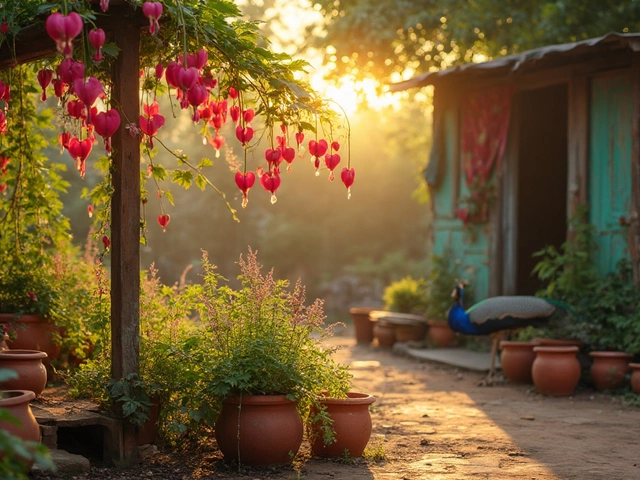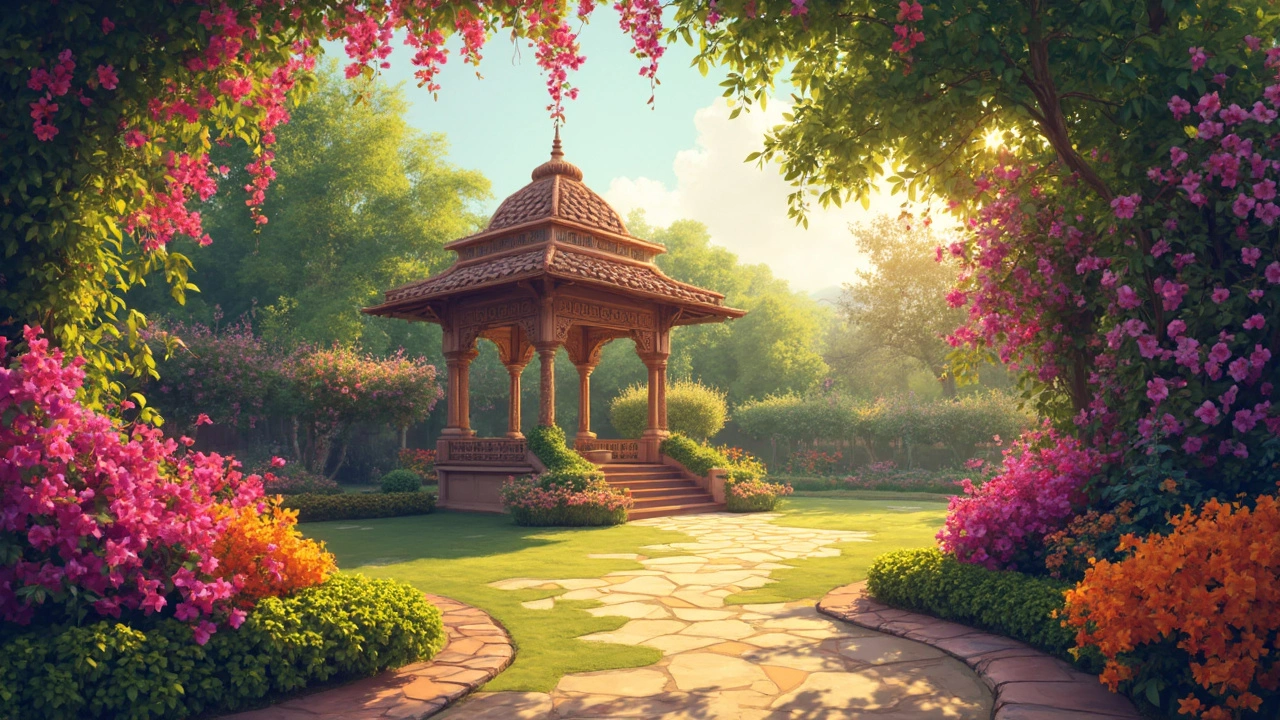India Plants – Your Quick Guide to Growing Success
Wondering how to get the most out of your garden in India? You’re in the right spot. From tiny balcony pots to big field crops, the right plant choices and watering tricks can turn any space into a green oasis. Below you’ll find straight‑forward advice that works across the country’s varied climates.
Choosing the Right Plants for Indian Climate
India’s climate ranges from humid coastal zones to dry interiors, so matching plants to your region matters. In hot and dry areas like Rajasthan, go for drought‑tolerant veggies such as millets, okra, or the ever‑reliable broccoli (check out our Broccoli Farming in India guide for profit tips). In the monsoon‑rich east, leafy greens like spinach and amaranth thrive with the natural rain.
If you’re limited to a balcony, vertical gardening works wonders. Use trellises for beans, cucumbers or even flowering vines. Small herbs like mint, coriander and basil love the sunny spots near windows, and they’re ready to harvest in weeks.
Watering Wisely: Drip Irrigation & Everyday Tips
Water is the biggest expense for Indian gardeners, but you don’t have to waste it. Drip irrigation places water right at the root, cutting loss from evaporation. Our post “How Deep Should Drip Irrigation Lines Be Buried?” explains why burying lines 2–4 inches protects tubing from sun and animals while delivering steady moisture.
If a full drip system feels pricey, start small. Lay a few pieces of drip tape along a vegetable row and connect them to a simple timer. Even a basic setup can save up to 40% water compared to sprinklers.
For houseplants, check the soil before you water. Stick a finger about an inch deep—if it feels dry, it’s time to hydrate. Avoid misting unless you have tropical species; most indoor plants prefer consistent soil moisture over constant leaf spray.
Don’t forget soil health. Adding compost or well‑rotted manure loosens heavy soil, improves water retention, and feeds microbes that help roots grow. If your garden feels compacted, mix in a handful of sand and compost per square foot – it’s a cheap fix that boosts drainage.
Companion planting, or “sister plants”, can also reduce watering needs. Pairing nitrogen‑fixing legumes like beans with heavy feeders such as cabbage balances soil nutrients and often means you water less often.
Finally, keep an eye on the seasonal bloom calendar. Flowers like marigolds and hibiscus peak in summer, while roses and jasmines shine in cooler months. Planting according to these cycles ensures you get vibrant colors without extra effort.
Whether you’re growing a rooftop salad, a field of rice, or a few indoor pothos, the right plant choice and smart watering can make all the difference. Use these tips, experiment a little, and watch your Indian garden thrive.
Discover the 365-Day Flowering Tree of India: Bougainvillea!
Bougainvillea is a vibrant and hardy plant known for its ability to bloom all year round in India. This tropical plant can adapt to various climates and is famous for its dazzling color displays. It’s perfect for those who want a lush garden without too much fuss. Learn how to grow and care for Bougainvillea, and why this tree is the go-to choice for year-round blooms in Indian gardens.
Discover Seasonal Blooms: India's Month-Specific Flowers
Exploring the fascinating world of flowers in India, this article delves into the blooms that adorn India's landscape during specific months. Readers will gain insight into the climate's influence on flowering cycles and discover which flowers to look for in each season. The article provides helpful tips for gardening enthusiasts to make the most of these temporal floral displays. Providing an appreciation for the diversity and beauty found across different regions of India.
About
Seasonal Plants, Gardening
Latest Posts
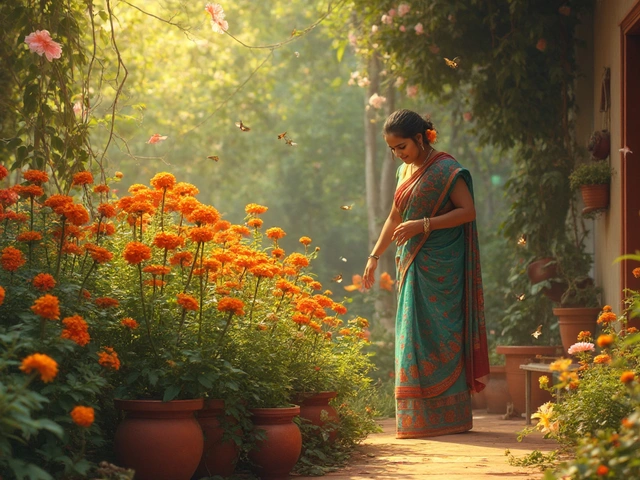
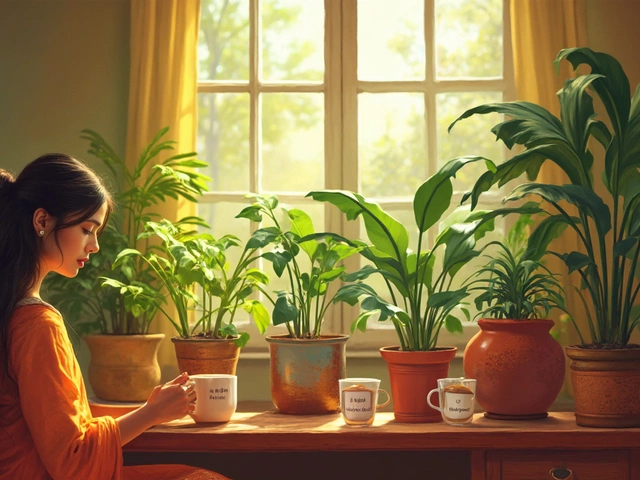
Best Liquid to Water Plants: What Actually Works?
By Alden Thorne May 9, 2025
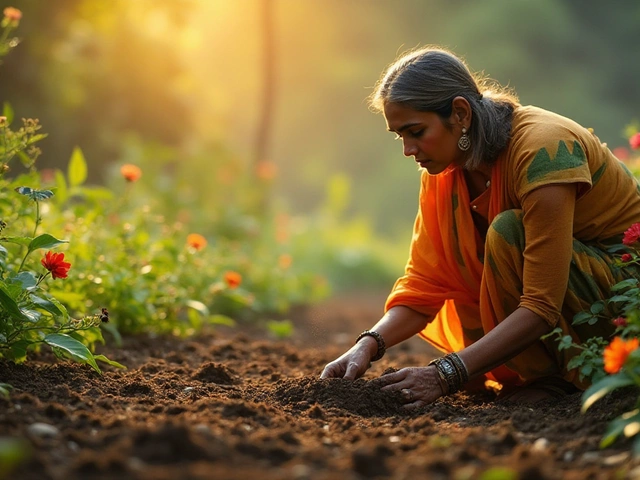
Unlocking the Secrets of Regenerative Gardening for a Greener Planet
By Alden Thorne Nov 24, 2024

Risks of Rice Business: Common Challenges and How to Avoid Them
By Alden Thorne Aug 3, 2025
